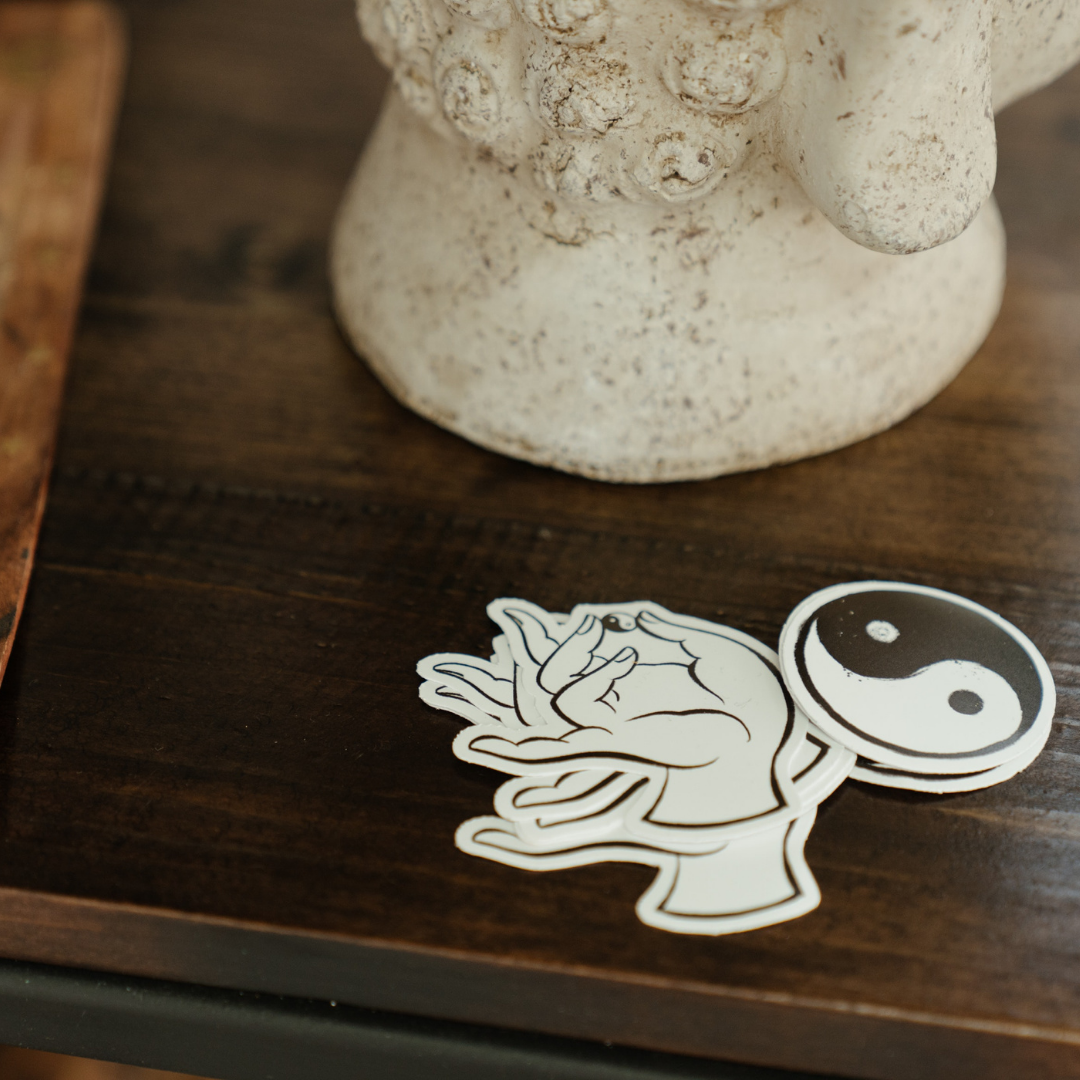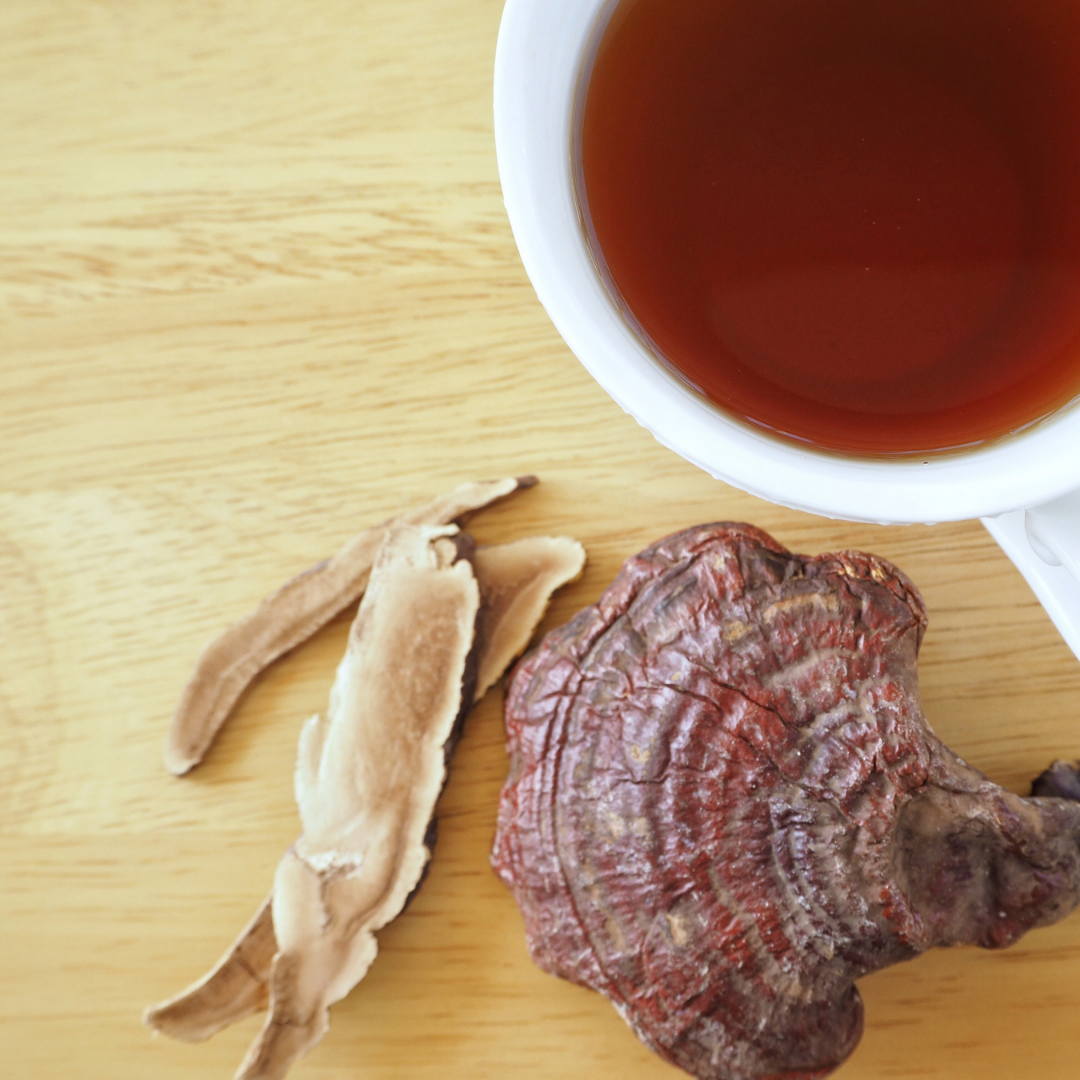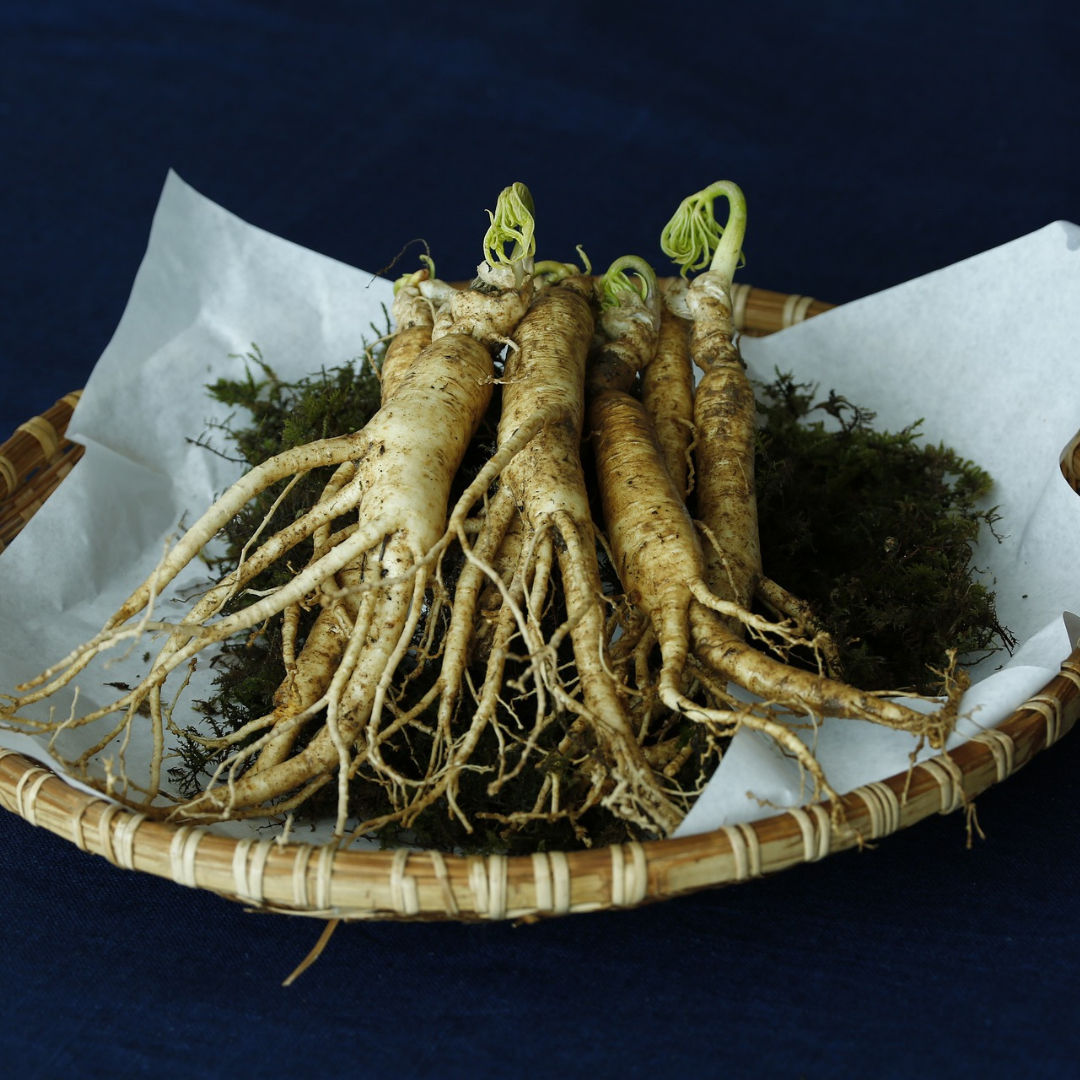At the heart of Traditional Chinese Medicine (TCM) is the concept of yin and yang. Chinese medicine herbalists and practitioners understand the body and spirit through yin and yang. A healthy body and spirit indicates yin and yang in harmony, while these two in imbalance cause all the ailments and illnesses the body can have.
But what is yin and yang?
Yin and yang are energy. According to I Ching (The ancient Chinese book of prophecies), which was written in 700BC, all phenomena and things are composed of two forces: yin and yang.
Energy, force, element: Whatever you call them, these components are what drive us and sometimes what makes us ill.
Characteristics of yin and yang

Yin is:
- Feminine
- Resting
- Cold
- Dark
- Right
- Exterior
- The moon
Yang is:
- Masculine
- Active
- Hot
- Light
- Left
- Interior
- The sun
One characteristic that especially concerns TCM practitioners is the cold and hot aspects of yin and yang. Depending on the illnesses, practitioners are able to assess whether the individual needs to avoid hot or cold foods. Now this isn’t talking about the temperature of foods. It’s talking about the energy different foods produce in the body.
Yin foods (or cold foods):
- Watermelon
- Green vegetables
- Crab
- Bitter gourd
- Green tea
Yang foods (or hot foods):
- Red meat
- Ginger
- Pepper
- Garlic
When a TCM practitioner diagnoses an individual as being yin deficient, they may suggest eating more foods associated with yin. On the other hand, if they are diagnosed as having too much yin, they may be recommended to lessen the yin foods they are eating or increase yang foods to balance. Always consult with a professional before making extraordinary diet changes based on yin and yang.
The four principles of yin and yang

Yin and yang are opposites
Yin and yang are opposite components of a unified relationship, in ideal conditions. One is not better than the other; there is no good and bad force.
Yin and yang are interdependent
Yin cannot exist without yang and vice versa. Everything that has yin also has yang.
Yin and yang are mutually transformative
The balance of these two energies are constantly changing. As one side changes, the other will be affected. Just as nothing is static in nature, nothing is static in our bodies and spirit.
Yin and yang are mutually consuming
These two forces are naturally balanced. Yet, due to their constantly transforming and shifting characteristics, they can fall into imbalance. The four states of imbalance include: an excess of yin, an excess of yang, a deficiency of yin, and a deficiency of yang.
Yin and yang in medicine

When yin is deficient, then the body can get an excess of yang, which can manifest as: headaches, fever, being agitated and/or irritable, nosebleeds, constipation, fast pulse, sore eyes and sore throat.
When yang is not working to warm and activate yin, symptoms can manifest as: cold extremities, low energy, slow pulse, pale face, clear urine, reduced appetite, pale tongue, and weakness.
Traditional Chinese Medicine treats Yin and Yang Imbalance
The herb extracts, teas, soups, tinctures, and capsules, as well as the “hands-on” TCM remedies such as acupuncture, tai chi, moxibustion, cupping and scraping, and acupressure massages all aim to restore balance to yin and yang.
If you want to know the herbs and remedies best indicated for your illness or ailment, we suggest working with a TCM practitioner, who can diagnose your specific imbalance and recommend the right combination of herbs and treatment to bring your body back to harmony.




Leave a comment
All comments are moderated before being published.
This site is protected by hCaptcha and the hCaptcha Privacy Policy and Terms of Service apply.